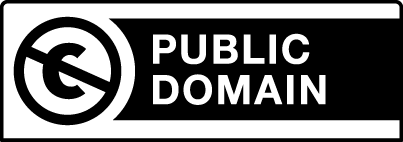General Questions: Copyright@IMF.org
Third-party content and Licensing: Sylvie Poirot
Publishing at the IMF: Patricia Loo
Key concepts to remember from this section are:
In general, assume that all the content that is not produced by you is copyright-protected by a third party, and permission needs to be obtained from the copyright owner.
Copyright law protects almost every original work recorded in some physical medium and gives the owners of these works (the copyright owners) the exclusive right to:
Copyright owners also have the right to permit others to use the copyrighted work for specific purposes.
If you exercise any of these rights without permission, you may be infringing copyright.
For more information and specifics about what is and is not protected by Copyright, take a look at these resources from the US Copyright Office:
The fair use doctrine is a limited exception to the need to obtain permission from copyright owners for certain particular uses.
Fair use:
Bottom line: For your work at the Fund, assume that fair use does not apply, and get permission before you use copyrighted material.
For more information about fair use, see below:
Works in the public domain are works not covered by copyright. Using those works does not require permission. However, Public Domain is not to be confused with publicly available.
For example, IMF content from the IMF e-Library is free and publicly available, but it is not in the Public Domain.
The Public Domain refers to works:
Occasionally, you may also encounter material with one of the following icons below, but more often than not, works in the Public Domain are not always clearly marked as such.
You need to do your research and it is best to assume a work is NOT in the Public Domain unless you know it to be for sure.
CC0 (CC Zero): This tool, also called the Public Domain Dedication Tool, is used to show when an author has decided to waive the rights to a work and dedicate it to the public domain.

Public Domain Mark: This symbol is a marker used to identify works in the public domain (works that are free of copyright restrictions). The Public Domain Mark is a label that does not carry legal weight.

When using works in the public domain it is good scholarly practice to include attribution to the original author.
To learn more about the Public Domain, follow the links below:
What Is the Public Domain? - Copyrightlaws.com: Copyright courses and education in plain English
There is no such thing as an “international copyright” that will automatically protect a work throughout the world. Protection against unauthorized use in a particular country depends on the national laws of that country. However, most countries offer protection to foreign works under certain conditions that have been greatly simplified by international copyright treaties and conventions.
The oldest and most important of these treaties is the Berne Convention, signed by nearly 180 countries. It establishes minimum standards of protections in:
This guide focuses on copyright considerations in the United States, as this is where the IMF is headquartered and most of our use of third-party content occurs.
